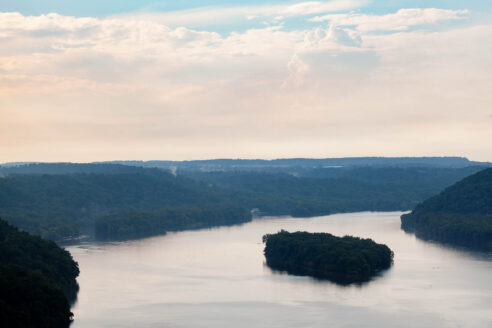Watershed Science
Understand the science behind Chesapeake Bay restoration.
Showing 11 - 20 of 95 stories
Do you know how safe your Maryland-caught seafood is to eat?
February 28, 2024Fish consumption advisories keep people healthy while enjoying their favorite seafood
Read story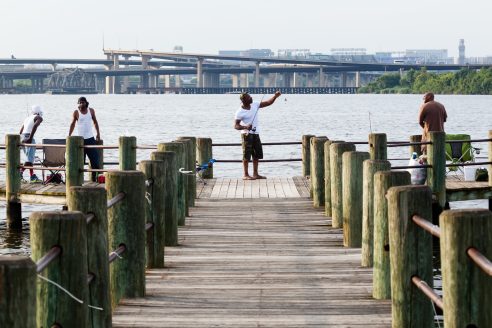
The Bay Program revamps the Chesapeake Healthy Watershed Assessment
February 20, 2024Explore conditions across the watershed with this updated tool
Read story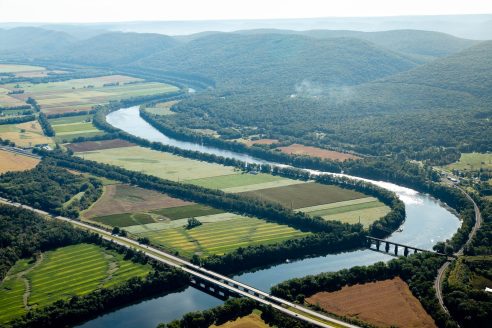
New report investigates how the Bay's forage base is changing over time
February 8, 2024Bay Program partners release Forage Status and Trends Report
Read story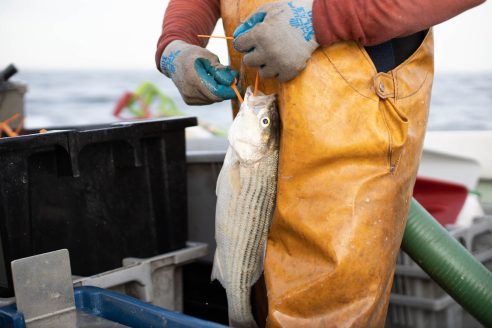
New data confirms that the Anacostia River is getting cleaner
December 1, 2023Improvements seen in two major water quality measurements
Read story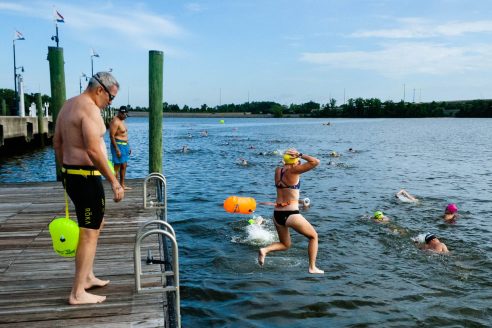
The Chesapeake Bay sees its smallest dead zone in 39 years
November 28, 2023The 2023 dead zone was the smallest on record
Read story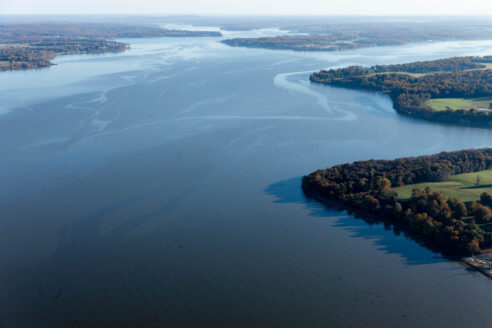
Interactive StoryMap highlights the state of forests across the Chesapeake Bay watershed
October 25, 2023Chesapeake Bay Program builds upon the 2006 report
Read story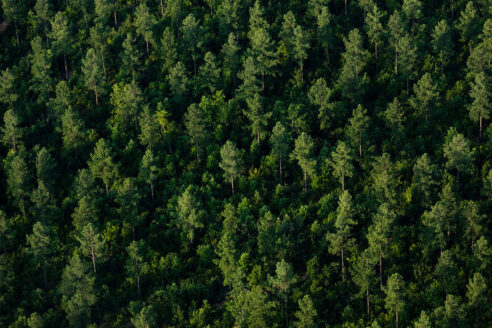
My Clean Water Story: John Wolf
September 12, 2023Following a passion for both art and science in the environmental protection field
Read story
Bay scientists turn attention to ecological impacts of "forever chemicals"
August 23, 2023Scientific and Technical Advisory Committee call for coordinated effort in addressing PFAS
Read story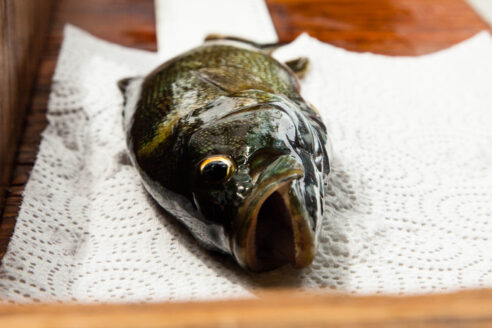
Family farm in Ronks, Pa. does all it can to help local streams recover
August 11, 2023The USDA’s Conservation Reserve Enhancement Program (CREP) helps to reduce pollution in a Chesapeake Bay tributary’s watershed
Read story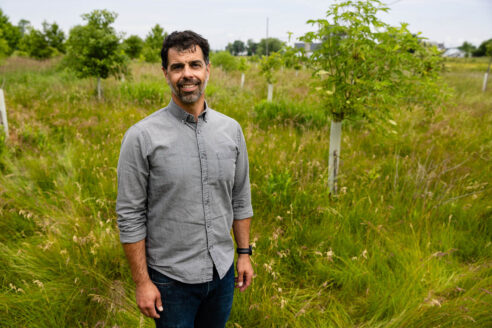
The science and policy behind Chesapeake Bay restoration
August 8, 2023How the Chesapeake Bay Commission uses Bay Program science to prioritize funding
Read story